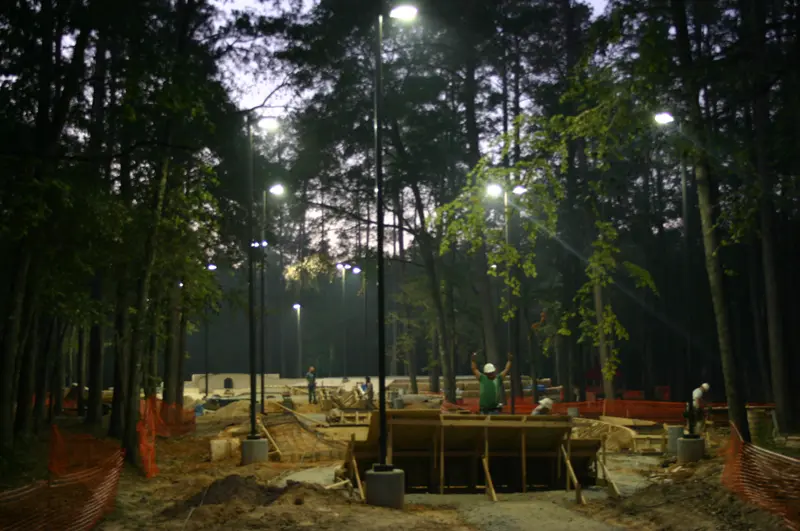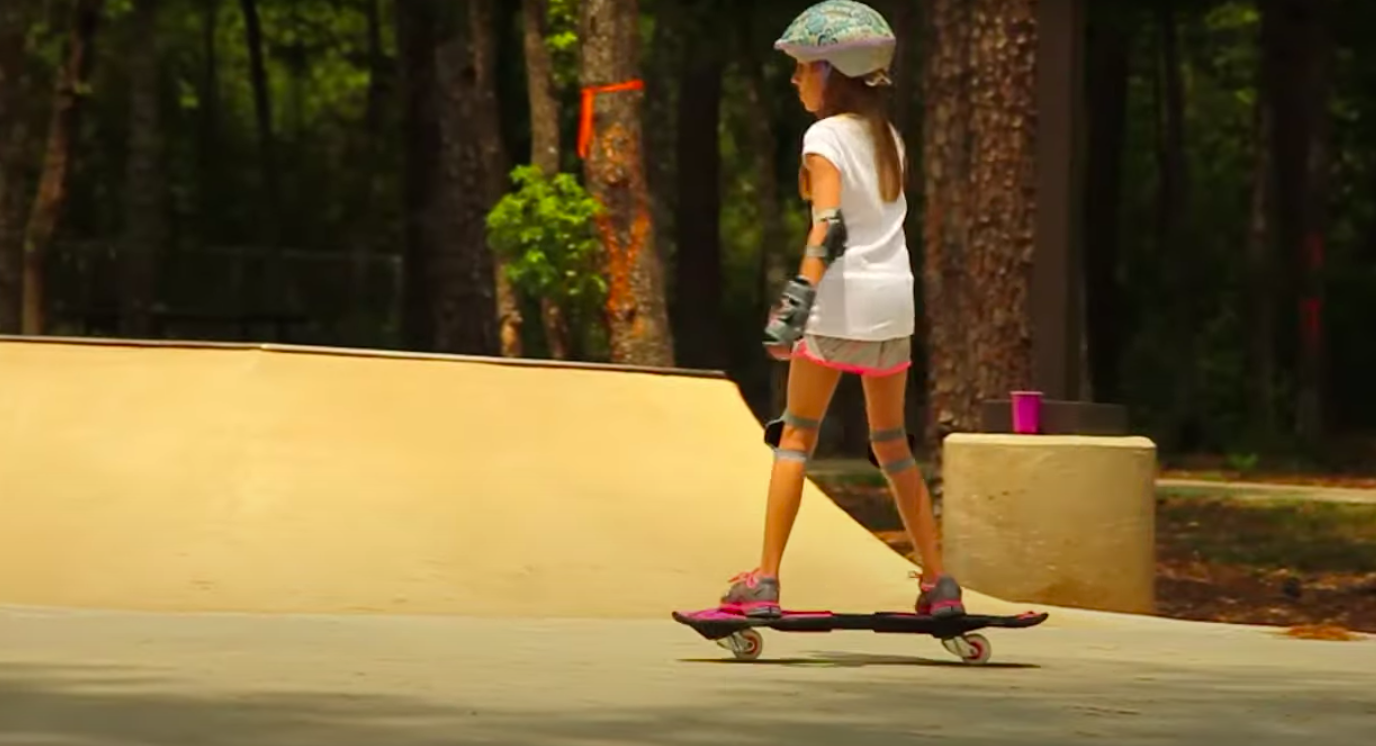Skate Park Lights & Lighting Systems
Introduction to Skate Park Lights and Lighting Systems
Skate park lights and lighting systems are often the most requested amenity to include in a City’s new skate park project. Lights allow users to skate / ride in the cooler summer evenings, as well as during the winter evenings when day light savings ends. There are many things to consider, all of which should be included in your design-build skate park contractor’s scope of work. Here is a short write-up on skate park lights and lighting systems. If you’d like to learn more about this topic, please contact us.
Skatepark Lighting Considerations
Skate park lights and lighting systems differ in many ways from the typical, flat athletic field systems. Often times, lower level, street-type lighting adds to the overall user experience, resembling an urban plaza or that of skating in a “real street” environment. Additionally, an appropriately scaled skate park lighting system generally increases the aesthetics to the general public as a public place. Ramps, stairs, ledges, pools, bowls and other features within a skate park create shadows. These shadows, if left unaddressed, may become a safety concern.
What size pole fixtures should a public skateboard park have? Taller pole fixtures provide wider lighting coverage with less shadowing. Shorter fixtures typically have higher light levels, but the light levels far away from the pole drops significantly. It may be the case that a balance of taller and shorter fixtures be implemented to accomplish the goals of park, including park aesthetics, appropriate light levels, neighbor considerations. A photometric study should be performed as part of the lighting scope to ensure these areas are all areas safely lit. The Public Skatepark Development Guide (brought to you by The Skatepark Project) have recommended a horizontal foot-candle range for skateparks as part of their “Lights and Evening Use” article.
Adding Lights as a Future Phase
Should your City install lights as part of the original skate park project OR install as a phase 2? There is no wrong answer. Budgets usually determine the answer to this question. But things don’t typically get cheaper as time goes on. For Cities with constraining budgets, skaters will always decide on more skate terrain in lieu of adding a lighting system. Regardless of whether it’s determined to add a lighting system as a phase 2 to the project, conduit lines for both water and electricity should be installed under slabs. Having these in place saves time and additional cost when installing a skate park lighting system at a later date.
Security Lighting versus Lighting for Skating
A City may have existing lights on hand, with the intent to only light the skate park for night time security reasons. It is important to identify the difference of security lighting versus a properly developed lighting system designed for skating. Properly communicating this information to the public is crucial. Signage, for example, can clearly state the purpose of the lighting system, if not intended for full skate park use.
Case Study: Kasmiersky Wheeled Sports Plaza – City of Conroe, Texas
SPA Skateparks’ design-build services with the City of Conroe included the design and installation of a full skate park lighting system. It was determined, in this case, to set the skate park hours to the same times as other parks in the City. Remember, a great skate park is a great public space for all. Having the same hours of operation across all public parks and facilities can create a level of consistency for City staff and all residents.
For other SPA Skateparks projects that include lighting systems, also see Gabe Nesbitt Skate Park in McKinney, Texas and Beautiful Mountain Skate Park in Beaumont, Texas.
Contact SPA Skateparks to learn more about lighting systems and how it applies to the design and construction of modern day skateparks.
Disclaimer: SPA Skateparks does not, and is not offering legal advice. We are not a skatepark lighting consultant. Consult your legal department for acceptable skate park rules, regulations and all aspects relating to your project.








